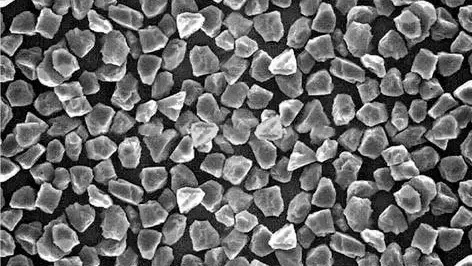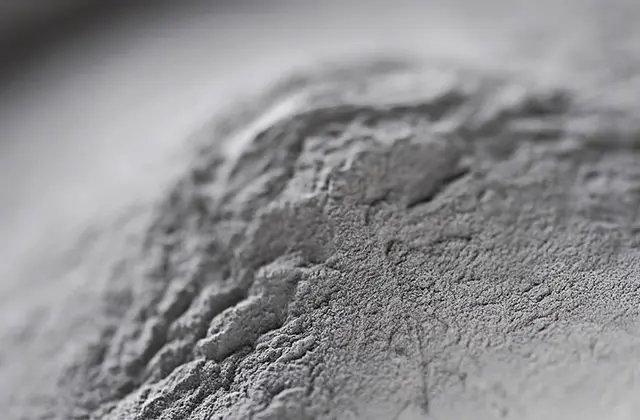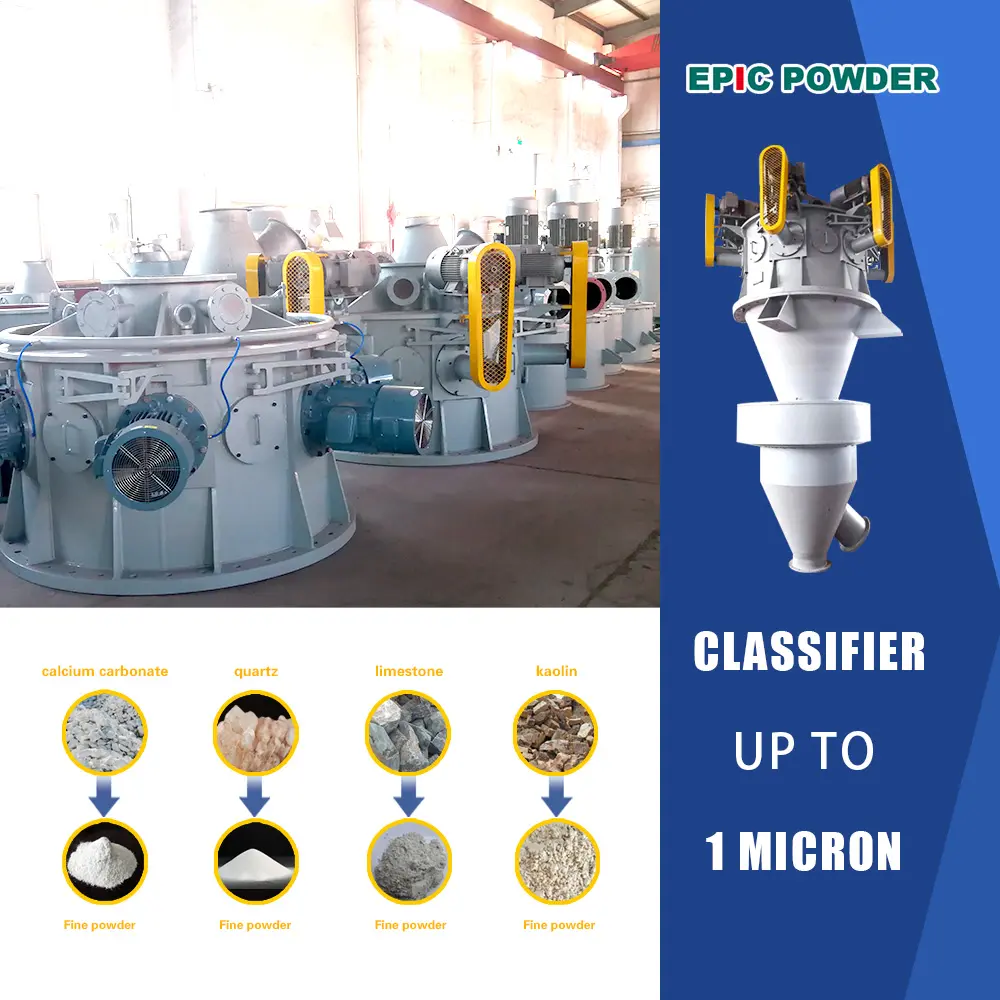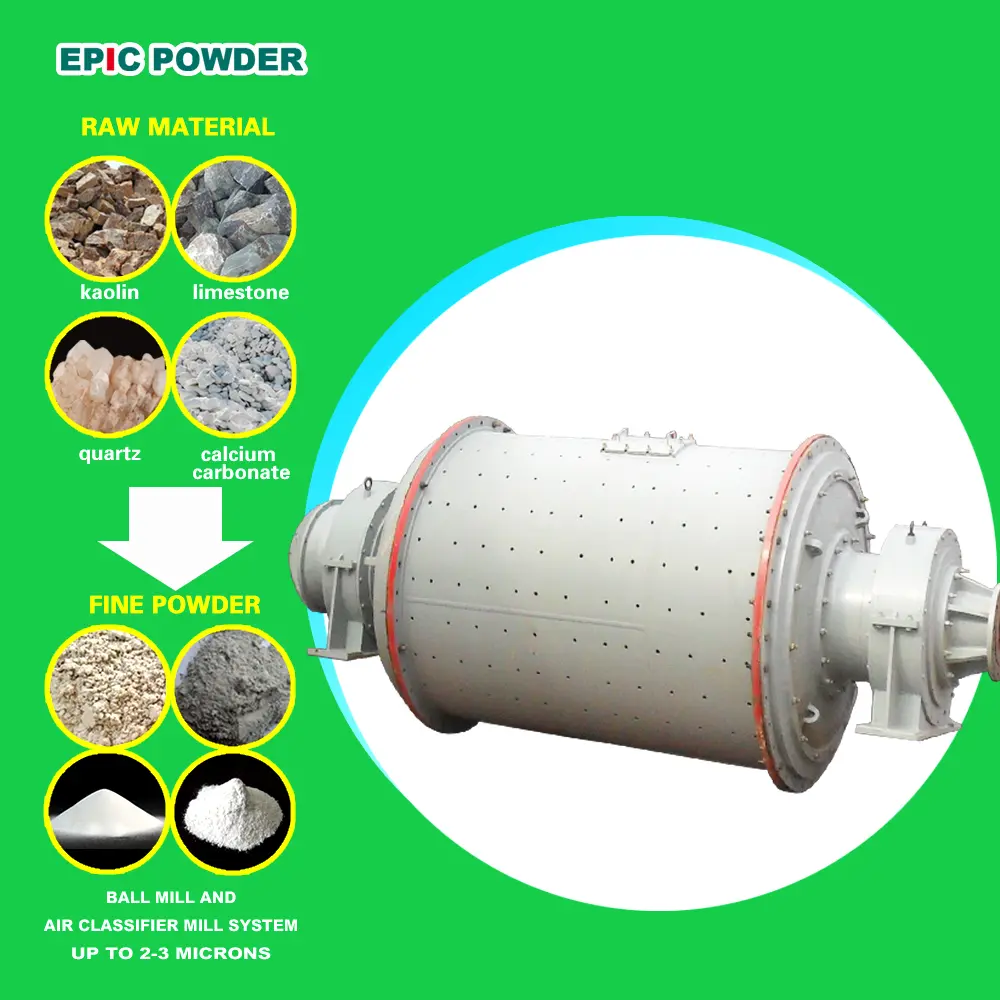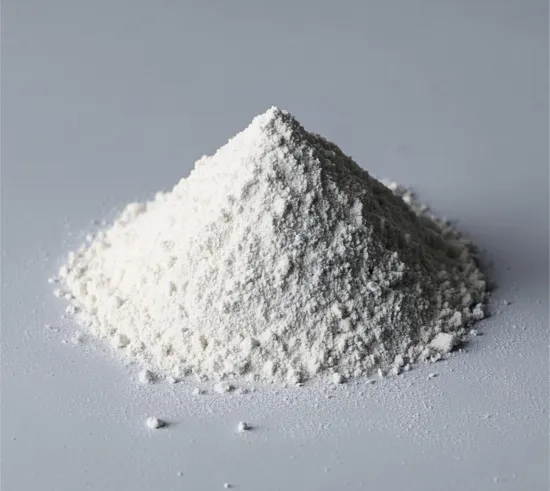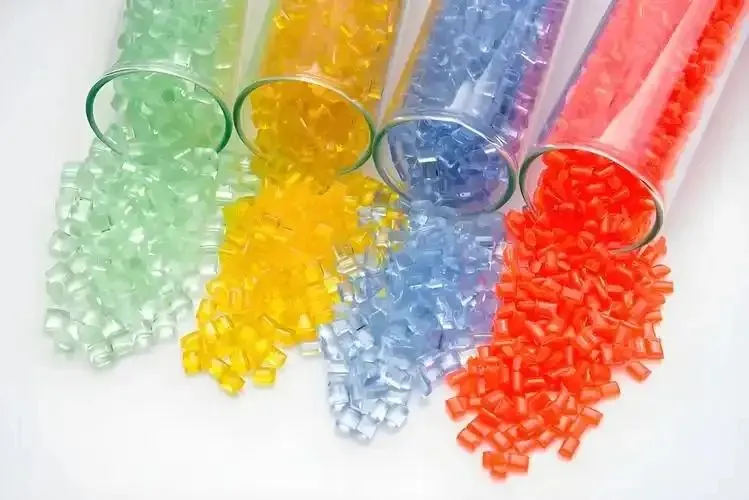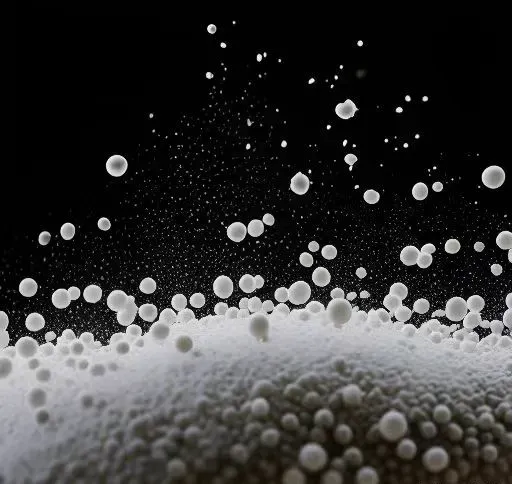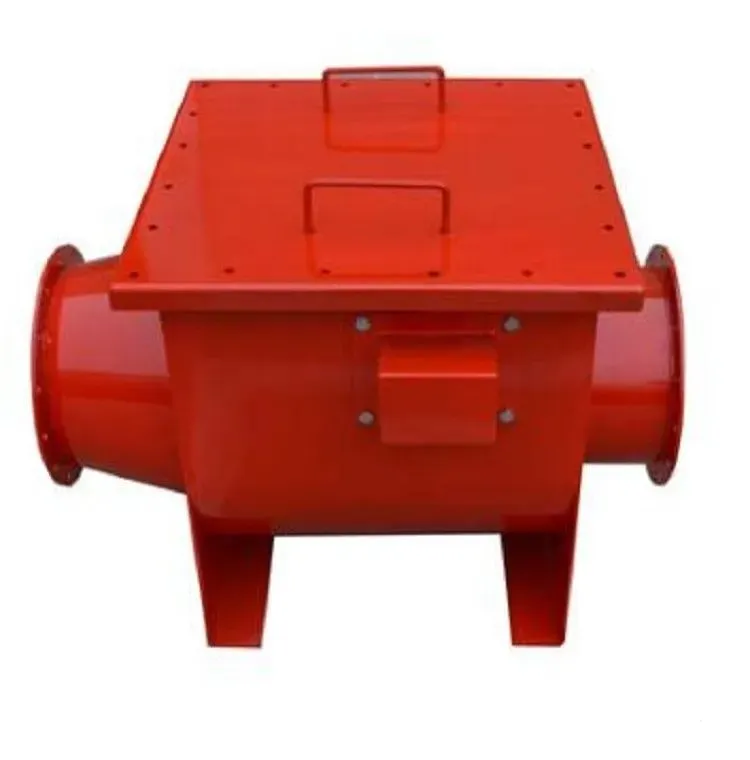I. Introduction
In modern industrial production, airflow mills play a crucial role. With the continuous advancement of science and technology, as well as the increasing demands of various industries for finer raw materials, air flow mills have been widely used in many fields with their unique advantages. Whether in pharmaceuticals, food, chemicals, or new materials, the demand for ultrafine grinding of raw materials is growing, and airflow mills are key equipment to meet this need.
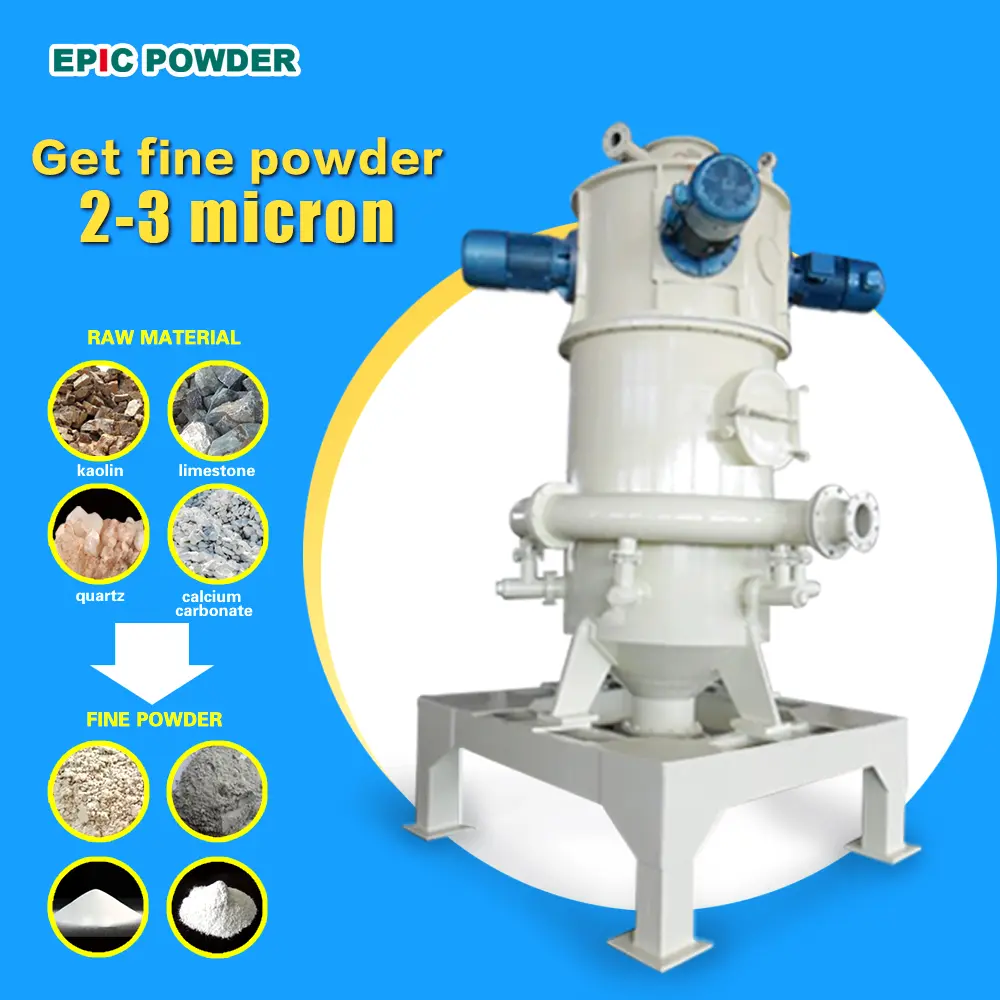
Airflow mills are capable of grinding materials to micron or even submicron levels, producing high-quality ultrafine powders for various industries. In the food industry, airflow mills enhance the taste and quality of food products. In the chemical and new materials industries, these mills meet the stringent requirements for raw material fineness and purity.
Given these capabilities, it is crucial to explore the factors that affect the pulverization efficiency of airflow mills. By understanding these factors in depth, we can better optimize the working parameters of airflow mills, improve pulverization efficiency, enhance product quality, and meet the specific needs of different industries.
II. Working Principle of the Airflow Pulverizer
An airflow pulverizer is a device that uses compressed air to transport powder raw materials into the pulverizing chamber. The materials are sprayed through nozzles, causing particles to collide, rub, and impact the inner wall of the chamber. This process ultimately resulting in crushing. The ultrafine powder is then captured by the collection system.
The process begins when compressed air (either air or an inert gas) creates negative pressure through the high-speed jet of the feed injector, sucking the raw materials into the pulverizing chamber. The nozzles, positioned at specific angles to the radial direction of the chamber, spray the materials into the chamber at ultra-high speeds. Inside the chamber, the particles collide and rub against each other while also striking the chamber walls, leading to pulverization. The high-speed jet generates a strong swirl, producing centrifugal forces that cause the powder particles to move rapidly along the chamber wall. When the particles reach the classification diameter, they are directed to the collection system via the central outlet, guided by the centripetal airflow.
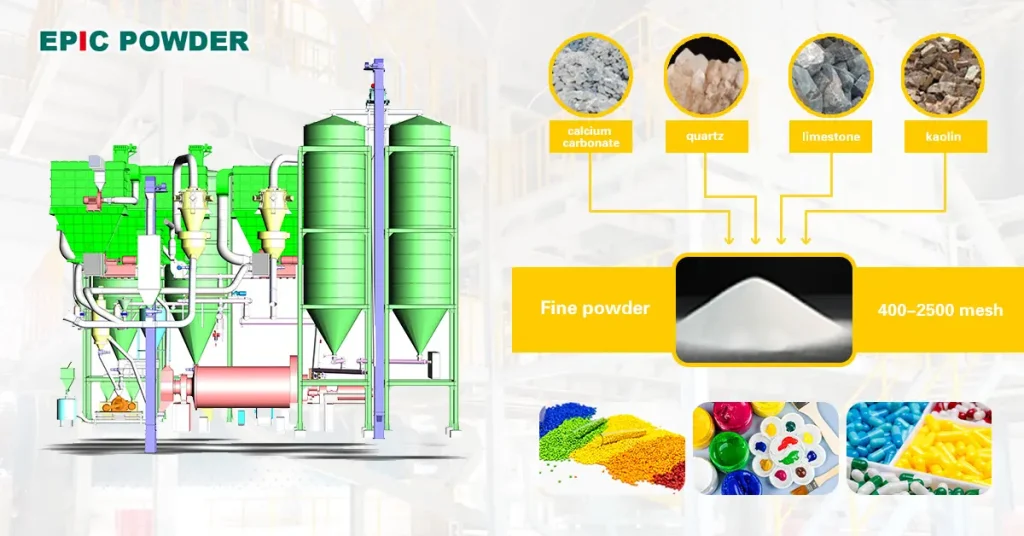
2.1 Ultrafine powder airflow pulverizer
For instance, an ultrafine powder airflow pulverizer is a comprehensive system comprising the pulverizer itself, a cyclone separator, a dust collector, and an induced draft fan. Initially, compressed air is filtered and dried, then injected at high speed into the crushing chamber via a Laval nozzle. As multiple high-pressure airflows are introduced, they intersect, causing the material to be repeatedly collided, rubbed, and sheared at the intersection to be pulverized. The crushed material is carried into the classification area by the rising airflow under the suction of the fan. In the classification area, a high-speed rotating classification turbine generates strong centrifugal force, separating coarse and fine materials. The fine particles that meet the required particle size enter the cyclone separator and dust collector for collection, while the coarser particles are returned to the crushing area for further grinding.
The working principle of the airflow pulverizer determines its wide application, high finished product fineness, and precise classification accuracy. When combined with air compressors, dryers, cyclone collectors, dust collectors, induced draft fans, and control cabinets, it forms a complete airflow crushing system. This system can be widely used across industries such as non-metallic minerals, pharmaceuticals, food, ceramics, environmental protection, new energy, and battery materials.
III. Factors Affecting the Pulverization Efficiency of the Airflow Mill
3.1 Geometric Parameters of Grinding Chamber Design
1) Grinding Chamber Diameter
There is a specific relationship between the solid feed rate and the air volume flow rate for different chamber diameters. For example, when the grinding chamber diameter is 50 mm, the solid feed rate ranges from 0.02-0.50 kg/h. The related air volume flow rate is 0.28-0.45 Nm³/h. When the diameter is 100 mm, the solid feed rate is 0.10-1.00 kg/h, and the air volume flow rate is 0.76-1.21 Nm³/h. While the diameter is 200 mm, the solid feed rate is 1.00-7.00 kg/h. The related air volume flow rate is 1.80-2.70 Nm³/h. It is evident that as the diameter of the grinding chamber increases, both the solid feed rate and the air volume flow rate also increase proportionally.
The diameter of the grinding chamber directly determines its capacity. A larger grinding chamber can accommodate more material, providing a wider space for the grinding process.
2) Grinding Chamber Shape
Current data does not provide detailed information on the specific impact of different grinding chamber shapes on the grinding effect. Further research and practical experimentation are needed to address this aspect.
3) Nozzle Angle
The nozzle divides the grinding chamber into two areas: the grinding area and the classification area. The nozzle angle directly affects the size of these two areas, thereby influencing the pulverization efficiency. When the nozzle angle changes, the direction of the air jet within the chamber also changes. The relative speed of the air flow at the intersection of the jets determines the kinetic energy transferred to the particles. It in turn influences the collision intensity. Research by Smit and Skelton indicates that the best grinding effect occurs at higher feed rates. Smit’s optimal nozzle angle is 58°, while Skelton’s optimal angle is between 52° and 60°.
4) Number of Nozzles
The number of nozzles is an important design factor in airflow mills. The findings show that an increased number of nozzles results in better pulverization performance. It’s because more nozzles provide more high-speed jets, causing more frequent and intense collisions of materials in the grinding chamber. This process improves both the crushing efficiency and product quality.

